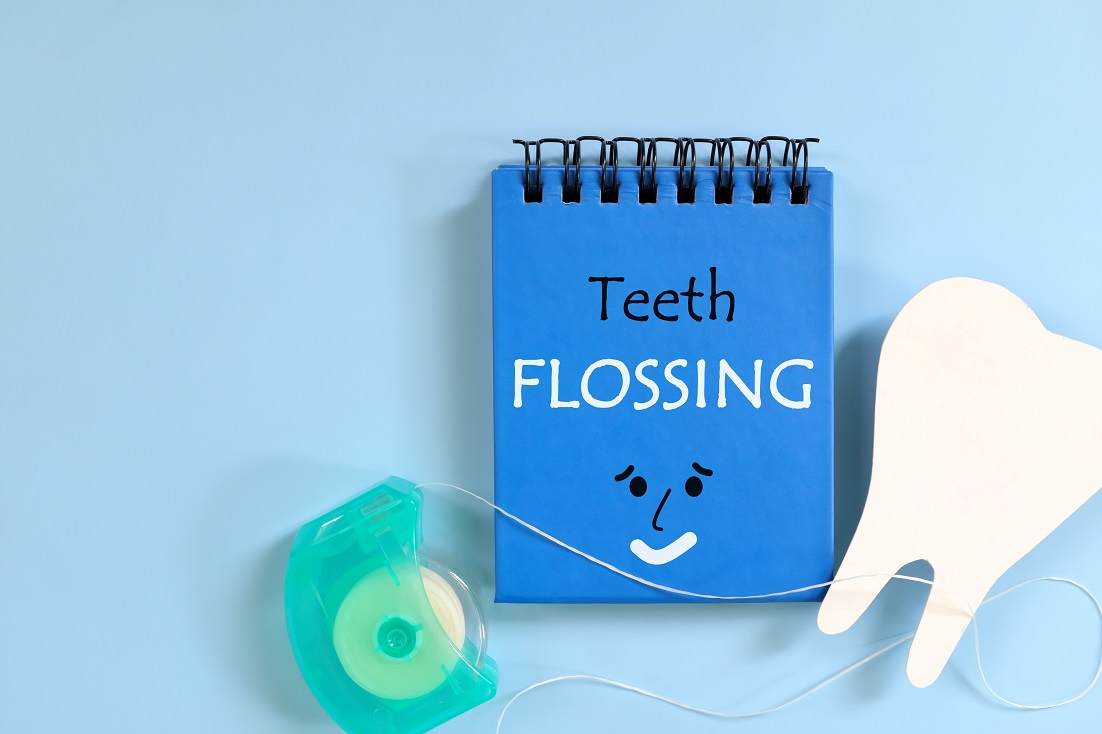
Maintaining optimal oral hygiene goes beyond just brushing your teeth twice a day. Flossing plays a crucial role in removing plaque and food debris from areas that your toothbrush can’t reach, contributing to healthier gums and a brighter smile. However, many people struggle with the flossing technique or simply overlook its importance in their oral care routine. In this comprehensive guide, we’ll explore different flossing techniques, common mistakes to avoid, and tips for making flossing a habit you’ll stick to for life.
Different Flossing Techniques
There are several flossing techniques to choose from, depending on your preference and the spacing of your teeth:
Traditional Flossing
Take a piece of dental floss about 18 inches long and wrap it around your middle fingers, leaving a few inches of floss between your hands. Gently move the floss back and forth between your teeth, making sure to curve it around the base of each tooth to reach below the gumline.
Floss Picks
Floss picks are disposable, Y-shaped devices that hold a short piece of floss. With the pick between your thumb and index finger, insert the floss between your teeth. Use a gentle sawing motion to clean between each tooth.
Water Flossers
Water flossers use a stream of water to remove plaque and debris from between the teeth and along the gumline. Simply fill the reservoir with warm water, point the tip at your gumline, and turn on the device. Move the tip along the gumline and between each tooth to thoroughly clean the area.
Interdental Brushes
Interdental brushes are small, cone-shaped brushes designed to clean between the teeth and along the gumline. Insert the brush between your teeth and gently move it back and forth to remove plaque and debris.
Common Mistakes to Avoid
To ensure that you’re getting the most out of your flossing routine, it’s important to avoid these common mistakes:
- Skipping Flossing: To get the most out of your flossing routine, it’s important to make it a daily habit. Floss at least once a day, we suggest in the evening, to remove any bacteria and plaque that may have gathered throughout the day. Consistency is the key to maintaining good oral hygiene.
- Being Too Rough: Flossing should be gentle yet thorough. Avoid snapping the floss between your teeth, as this can damage your gums and cause bleeding. Instead, use a gentle sawing motion and curve the floss around the base of each tooth to clean below the gumline.
- Not Using Enough Floss: Be sure to use enough floss to clean between each tooth without reusing the same section. If you’re running low on floss, simply unwind a fresh section from the dispenser.
- Skipping the Back Teeth: It’s easy to overlook the back teeth when flossing, but they are just as important as the front teeth. Take the time to clean between every tooth, including the molars, to ensure thorough plaque removal.
- Flossing Too Quickly: Rushing through your flossing routine can result in incomplete plaque removal and missed areas. Take your time and be thorough, ensuring that you clean between each tooth and along the gumline.
Tips for Making Flossing a Habit
If you struggle to floss regularly, try incorporating these tips into your daily routine:
- Set Reminders: Use a smartphone app or set a daily reminder to floss at the same time each day. Consistency is key when forming a new habit.
- Keep Floss Handy: Keep a container of dental floss or floss picks in your bathroom, purse, or car, so you can floss whenever you have a free moment.
- Find the Right Tool: Experiment with different flossing tools, such as traditional floss, floss picks, or water flossers, to find the one that works best for you.
- Make it Enjoyable: Pair flossing with another enjoyable activity, such as listening to music, watching TV, or catching up on your favorite podcast, to make it feel less like a chore.
- Reward Yourself: Celebrate your flossing successes with small rewards, such as treating yourself to a special treat or marking your progress on a calendar.
Visit Our Flossing Expert
Flossing is an essential part of maintaining good oral health and preventing tooth decay and gum disease. By incorporating regular flossing into your daily routine and using proper technique, you can keep your teeth and gums healthy for years to come. Whether you prefer traditional flossing, floss picks, water flossers, or interdental brushes, finding the right tool and making flossing a habit will help you achieve a cleaner, brighter smile and improve your overall oral health.
Our trusted dentist, and flossing expert, is here to help you achieve optimal oral health! Schedule an initial consultation today to receive personalized oral health tips.

 (215) 637-7474
(215) 637-7474 APpointments
APpointments